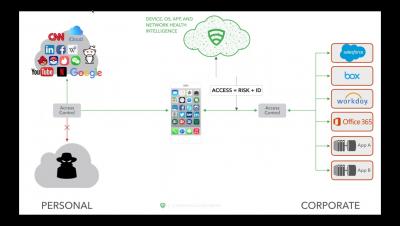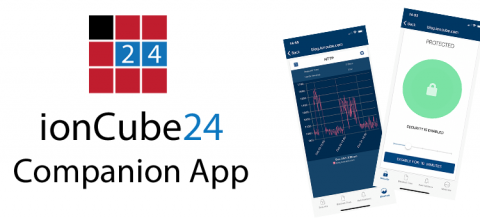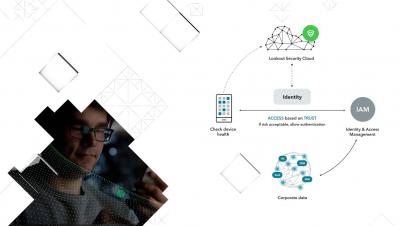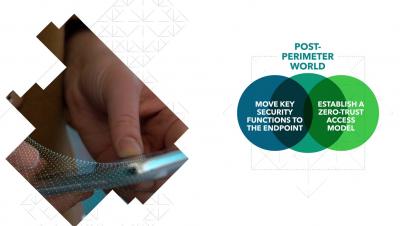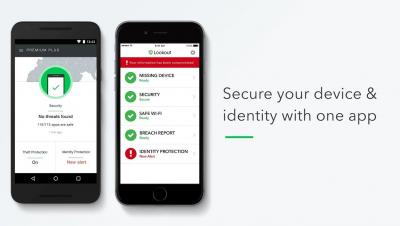Security | Threat Detection | Cyberattacks | DevSecOps | Compliance
Mobile
What You Need to Know About Secure Mobile Messaging in Healthcare
With the majority of people using smartphones these days, texting is all but a given when trying to communicate with your friends or family. But what about your doctor? A recent study determined that 96 percent of physicians use text messaging for coordinating patient care. This can raise eyebrows and red flags.
New Release: ionCube24 App for iOS and Android
We are pleased to announce the release of the ionCube24 app for iOS and Android! With it, you can access ionCube24 wherever you are and monitor your site for performance and security issues. This is a big step forward for ionCube24 giving you ease of access for monitoring your website wherever you are. With notifications and in-app management options you can be aware of issues immediately and act fast. Take a look below to see what the ionCube24 app can do.


